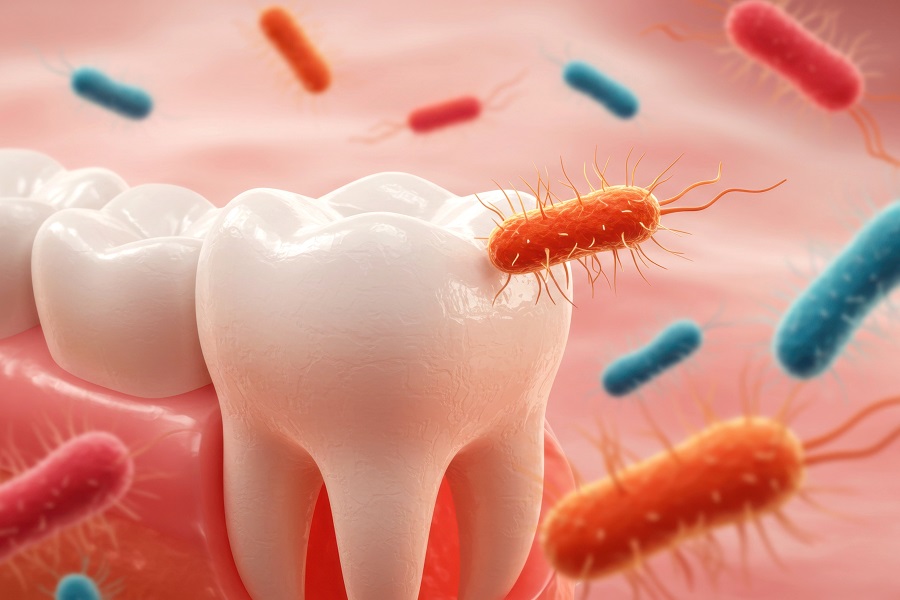Among the hundreds of bacteria and fungi in the oral microbiome, researchers have identified 27 species collectively linked to a 3.5 times greater risk of developing pancreatic cancer.
The scientists at New York University’s (NYU) Langone Health (US) and its Perlmutter Cancer Center discovered that these harmful bacteria can travel through swallowed saliva into the pancreas.
“By profiling bacterial and fungal populations in the mouth, oncologists may be able to flag those most in need of pancreatic cancer screening,” says study co-senior author Jiyoung Ahn, a professor in the Departments of Population Health and Medicine at NYU Grossman School of Medicine.
Ahn also flags that there are currently few effective screening methods for the disease, which is among the deadliest forms of cancer.
Candida and pancreatic tumors
Previous research supports that people with poor oral health are more vulnerable to pancreatic cancer than those with healthier mouths.
The report is the largest and most detailed analysis of its kind to date, says lead author Yixuan Meng, Ph.D., a postdoctoral fellow in the Department of Population Health at NYU Grossman School of Medicine.
 Three kinds of bacteria tied to pancreatic cancer were already known to contribute to periodontal disease.Overall, the findings identified 24 species of bacteria and fungi that individually either raised or lowered pancreatic cancer risk.
Three kinds of bacteria tied to pancreatic cancer were already known to contribute to periodontal disease.Overall, the findings identified 24 species of bacteria and fungi that individually either raised or lowered pancreatic cancer risk.
Three kinds of bacteria tied to the cancer were already known to contribute to periodontal disease, a serious gum infection that can eat away at the jawbone and the soft tissues surrounding teeth.
The study is also the first to show that Candida yeast, which naturally lives on the skin and throughout the body, may play a role in pancreatic cancer. The researchers pinpointed these oral Candida species in patients’ pancreatic tumors.
Last year, the same team of scientists uncovered a link between certain oral bacteria and a heightened risk of developing head and neck squamous cell carcinoma, a group of cancers that arise in the mouth and throat.
The researchers also conducted a small study in 2016 that tied mouth microbes to pancreatic cancer but did not identify precise bacterial species.
Nine-year tracking
The analysis in JAMA Oncology evaluated bacterial and fungal DNA collected from the saliva of 122,000 healthy men and women.
The team looked at data from two ongoing studies tracking US participants to better understand how diet, lifestyle, medical history, and many other factors are involved in cancer.
Researchers followed participants for roughly nine years on average to record any presence of tumors. They identified 445 patients who were diagnosed with pancreatic cancer and compared the DNA of their microbes with that of another 445 cancer-free subjects.
The team accounted for factors associated with the condition, such as age, race, and how often subjects smoked cigarettes.
Further research required
Hayes, who is also a member of Perlmutter Cancer Center, emphasizes that the study was designed to identify correlations between disease risk and certain microbes in the mouth, but not to establish a direct cause-and-effect link. That will require further investigation.
The research team plans to explore if oral viruses can contribute to cancer and how the mouth’s microbiome may affect patients’ chances of survival.
In other dietary research around pancreatic cancer, Japanese scientists are suggesting stevia leaf extract fermented with bacteria isolated from banana leaves may kill off pancreatic cancer cells without harming healthy kidney cells.

